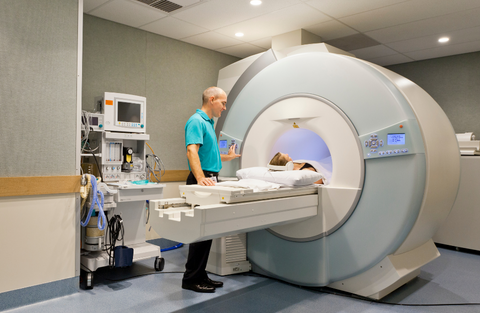Air Pollution and Lung Cancer in Never-Smokers: What New Science Means for Nevada
07 July, 2025
When most people think of lung cancer, smoking is the first risk factor that comes to mind. But a groundbreaking new study published in Nature reveals a surprising and important truth: lung cancer is increasingly affecting people who have never smoked, and air pollution may be a major culprit.
This international research project, the largest of its kind, analyzed the DNA of lung tumors from over 870 never-smokers across 28 countries. The findings are both eye-opening and deeply relevant for communities everywhere, including here in Nevada.
The study found that fine particulate air pollution—known as PM2.5—can cause genetic mutations in lung cells that are strikingly similar to those found in the tumors of smokers. PM2.5 refers to microscopic particles in the air, small enough to travel deep into our lungs and even enter the bloodstream. These particles are produced by car and truck exhaust, industrial emissions, and wildfires—all sources familiar to Nevadans.
One of the most concerning discoveries was that tumors from people exposed to high levels of air pollution had more mutations in the TP53 gene, a well-known driver of cancer. The researchers also found that these tumors had shorter telomeres, the protective caps on our chromosomes. Shortened telomeres mean more genetic instability, which can pave the way for cancer to develop.
While secondhand smoke did show a modest link to increased mutations, air pollution stood out as the much stronger factor. This suggests that even if you’ve never smoked or lived with a smoker, your risk of lung cancer can still be shaped by the air you breathe every day.
As smoking rates decline, lung cancer in never-smokers is becoming more common, especially among women and people of Asian ancestry. The rise of this type of cancer underscores a critical message: environmental factors matter. Where we live, work, and play can have a profound impact on our health.
For individuals, it’s wise to stay aware of local air quality reports, limit outdoor activities on days when pollution is high, and consider using air purifiers indoors. But the real solution lies in community action and public policy. Stronger air quality regulations, cleaner energy sources, wildfire prevention efforts, and thoughtful urban planning can help reduce pollution at its source. These are not just environmental issues—they are cancer prevention strategies.
In Nevada, where wildfires, vehicle emissions, and industrial activities can all contribute to poor air quality, this research is a call to action. Protecting our air is about more than comfort or aesthetics—it’s about safeguarding the health of everyone, including those who have never touched a cigarette.
Lung cancer can affect anyone, and clean air is a right we all share. By working together to reduce air pollution, we can help prevent lung cancer and create a healthier future for our communities.
Looking for air quality information for where you live? Get the current forecast and learn about the Air Quality Index here.
This article was created with the assistance of AI and fact-checked and edited by a human.
You May Also Like

Harnessing AI to catch lung cancer earlier
12.23.2025
Lung cancer remains the leading cause of cancer deaths, in part because early-stage disease is often missed until symptoms appear.

New radon monitors available at Extension offices give quick results
11.12.2025
University aims to make testing for the lung-cancer-causing gas available and easy for Nevadans
By now, the danger that radon

The state of lung cancer in Nevada, 2025: Progress, setbacks and the road ahead
11.07.2025
In Nevada, the landscape of lung cancer in 2025 shows a mixed picture. On one hand, some screening indicators ticked upward or held steady.